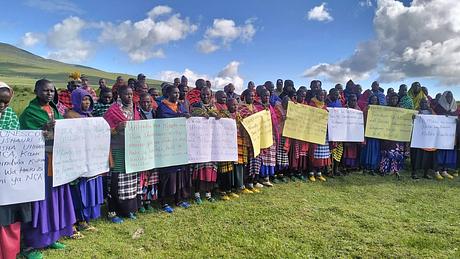Earth Day: Eight amazing facts that prove tribal people are the best conservationists
April 21, 2017
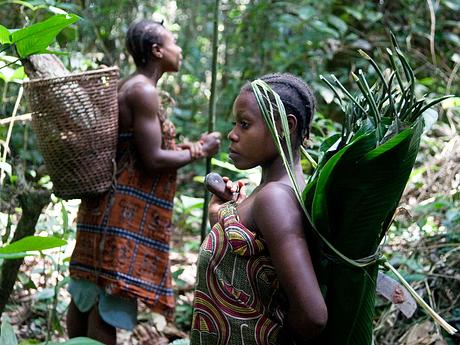 © Selcen Kucukustel/Atlas
© Selcen Kucukustel/AtlasFor Earth Day (April 22), Survival International reveals some of the amazing ways in which tribal peoples are the best conservationists and guardians of the natural world:
1. The Baka “Pygmies” have over 15 words for elephant
The Baka people know so much about elephants, they have different words for them according to their sex, age and even temperament.
Studies have shown how the Baka in many areas live alongside high densities of endangered species. One Baka man told Survival: “We know when and where the poachers are in the forest but no one will listen to us.” Instead of tackling the causes of environmental destruction, conservation projects expose people like the Baka to harassment and beatings, torture and death.
2. The Kogi have helped restore a once-degraded area of land
The Kogi tribe from Colombia’s Sierra Nevada de Santa Marta mountains acquired some land – a tiny piece of their ancestral territory – in 2012 with the help of a small conservation team. Since then, conservationists report that vegetation has grown back, waters have been decontaminated, and lakes that had been filled with trash are turning into “beautiful freshwater lagoons.“
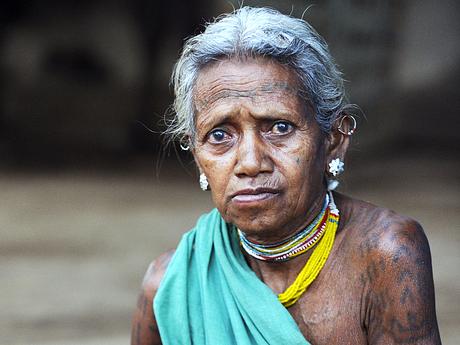 © Survival International, 2013
© Survival International, 2013
3. The Baiga have restored over 600 acres of forest around just one village
In the village of Dhaba in central India, Baiga tribal villagers became concerned that the local forest department were cutting down too many trees, supposedly to stop the spread of a pest. They protested and physically intervened, placing themselves between the forest officials and the trees.
Their protest succeeded, and now several tree species like the char, mahuli, and bamboo have regenerated around the village. The Baiga planted many of the trees themselves.
4. Tukano shamans set hunting quotas for their tribe
A major anthropological study noted that Tukano shamans in Colombia take an active role in controlling their tribe’s hunting activities. They take counts of how many animals are being killed, and prohibit hunting in certain areas where they think population density is getting low.
5. The Soliga control invasive plant species through selective use of fire
India’s Soliga tribe used to light small fires to clear land for sustainable agriculture. Since that practice was banned in the name of conservation, local ecosystems have deteriorated, because an invasive weed species called lantana has been allowed to take over. One Soliga man said: “The Forest Department don’t have the conservation knowledge. We conserved the forest for many years. They don’t know how to protect our forest.”
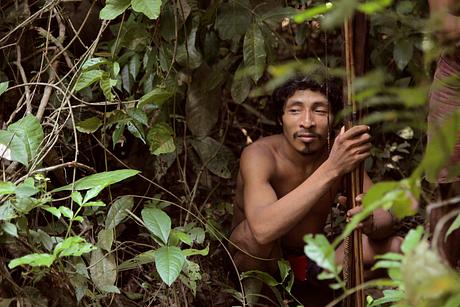
6. The Awá don’t hunt certain species, to maintain ecosystem balance
Brazil’s Awá people live by hunting and foraging in the northeast of the Amazon rainforest. However, it is taboo for Awá hunters to kill certain animals, including endangered harpy eagles, hummingbirds, and capybaras. The Awá have a deep understanding of the environment and their place within it.
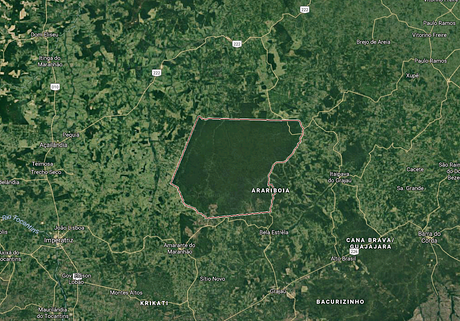
7. Tribal territories are the best barriers against Amazon deforestation
Look at this satellite image And this one. And this one as well. All of them show protected tribal territories in Brazil’s Amazon – islands of green surrounded by deforestation. When you protect tribal land rights, you protect the rainforest. Simple.
8. The Orang Asli create habitats and food for animals by gardening
Orang Asli fruit gardens in the Krau wildlife reserve in Malaysia encourage many animals, including large mammals, into their area. They provide food and even act as the main seed dispersers, fulfilling a role once performed by elephants and rhinos, which have now disappeared from the area. Small-scale tribal agriculture often enhances biodiversity.
Survival’s Director Stephen Corry said: “Tribal peoples have managed their environments for millennia and there’s now plenty of evidence to prove that they’re better at looking after them than anyone else. This isn’t “noble savagery”, it’s scientific fact. If we want to help the environment, it’s time we put tribal peoples at the forefront of the conservation movement. If we want to save the rainforest, for example, we must fight to ensure it’s kept in the hands of its tribes.”


